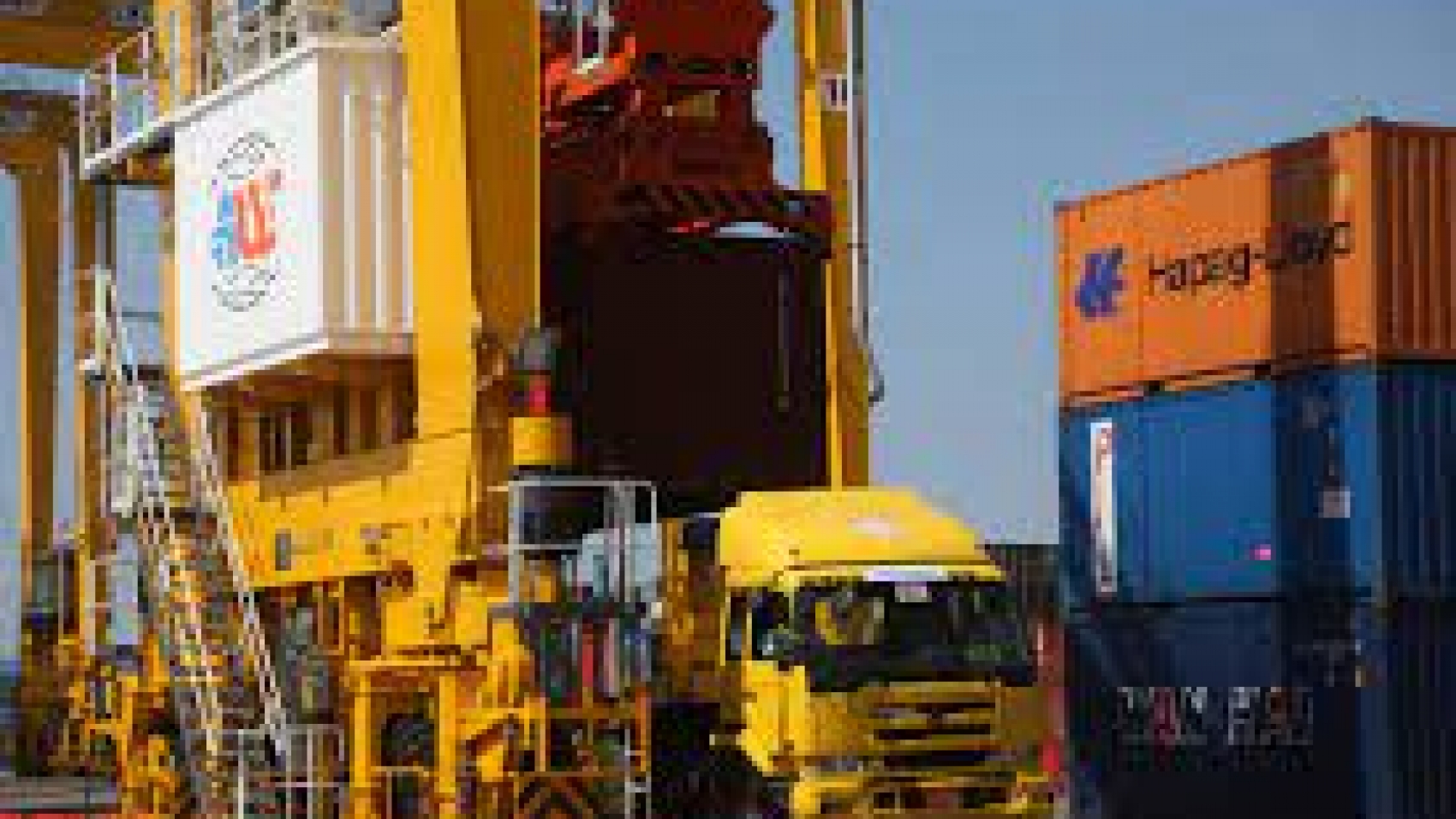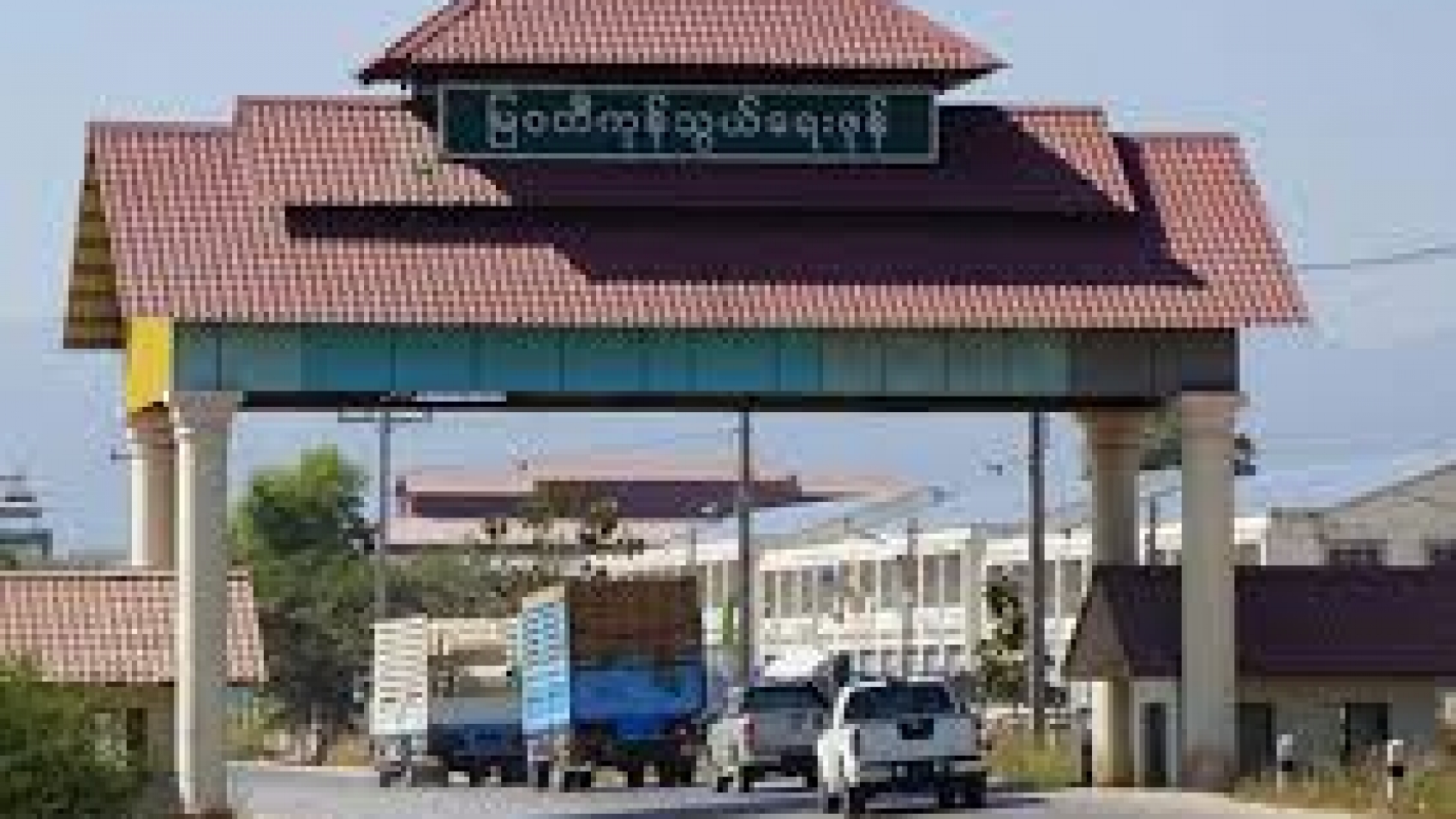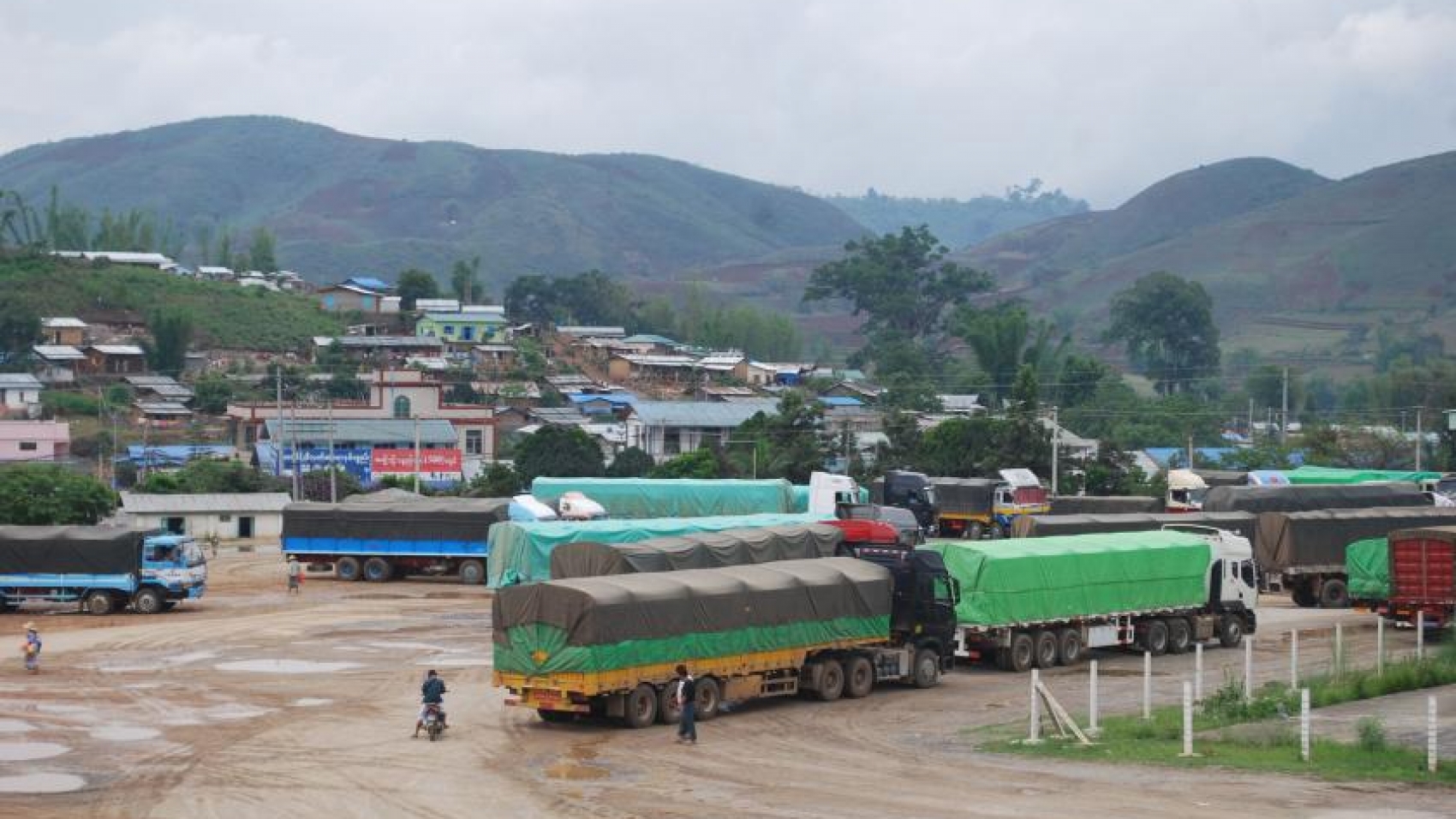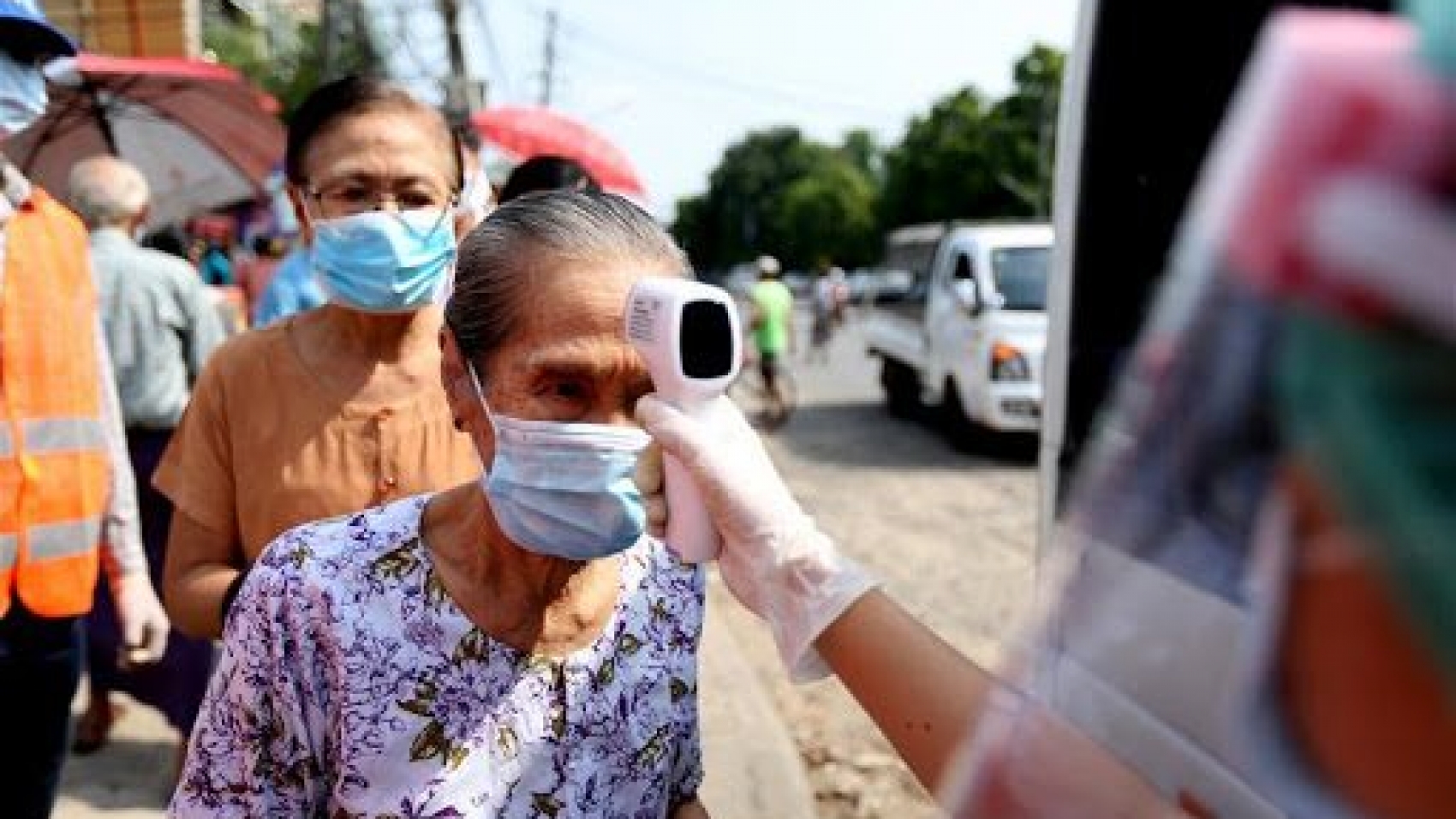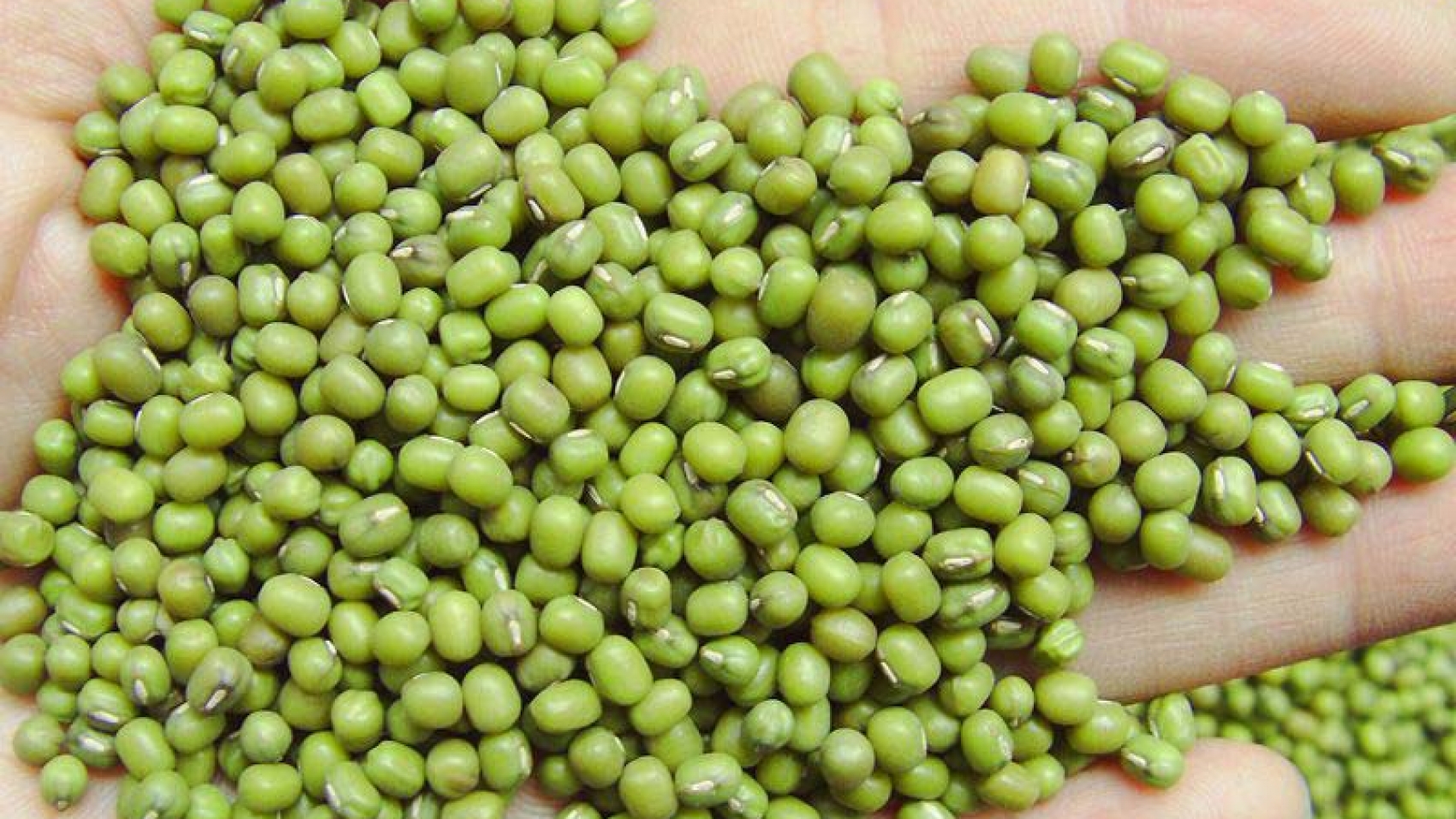More international container and general cargo ships have arrived at Yangon ports since May, handling more than 11,000 containers and 115,000 metric tons of general cargo, according to the Myanmar Ports Authority. Yangon Port is under the supervision and management of the Myanmar Ports Authority. Due to the cooperation of shipping lines and importers, container vessels can be serviced in May 2021 with an average turnaround time of three days. Shipments and cargo handling have risen since May, handling more than 11,000 containers and 115,000 metric tons of general cargo. In June, up to 40 container vessels are scheduled to enter service.
Maersk Line Myanmar (Sealand Maersk) will launch three new container vessels to meet maritime trade needs. Maersk Line Myanmar will launch new vessels, the Maersk Norberg, Maersk Narvik and Maersk Nesna. Of the three ships, the Maersk Norberg will dock at MITT and MIP ports, and the Launching Ceremony was held on June 10, 2021 at MIP Port. The three new ships will have a capacity of 1,750 TEU 21,000 metric tons (9.5 meters in depth) and were built specifically for the Myanmar market. With the expansion of these new container vessels, there will be enough space & equipment for exports and shipments will not have to wait for a booking.
According to a statement from the Myanmar Ports Authority, 35 container vessels are scheduled to re-launch in June this year to increase exports during the open season and increase imports to meet domestic demand. Last May, only 24 container vessels were scheduled to arrive, but as of May 31, a total of 37 vessels had sailed, according to the Myanmar Port Authority. According to a statement from the Myanmar Ports Authority, 152 vessels over 30,000 tonnes entered Rangoon ports and Thilawa ports in the five months since the new waterway was allowed to be extended due to the discovery of a new waterway on the Yangon River.
Source: The Global New Light of Myanmar


